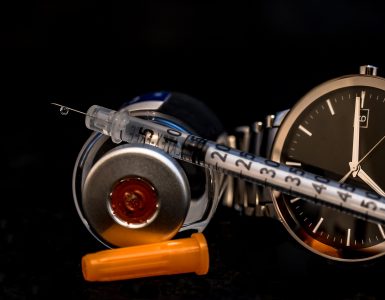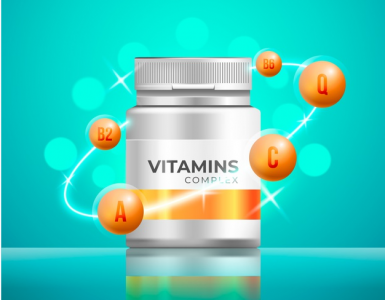Chemical and Physical properties of Alkaloids
Chemical properties
- Alkaloids are basic in reaction due to the presence of N-atom in the molecule. Therefore, they are prone to the formation of their respective salts with various acids.
- Presence of carbonyl group on the amide (Piperine and Colchicine)
- Alkaloid salts are soluble in water and dilute alcohols.
- Solid salts can be conserved well and are a common commercial form of alkaloids (if both salt and free states have the same activity, salt is prepared).
Physical properties
- Molecular weight : 100 – 900
- Most alkaloids don’t contain oxygen
- Most solid alkaloids rotate the plane of polarized light.
- Have high melting points.
- Normally are insoluble in water.
- Many alkaloids dissolve poorly in water but readily dissolve in organic solvents, such as diethyl ether,
- chloroform or 1,2-dichloroethane
- .Most of the alkaloids are levorotatory (optically active), although a few are dextrorotatory (e.g. coniine), while a few are even optically inactive (e.g. papaverine).
- Most are racemic mixtures, therefore, not optically active.
- Sensitive to heat, light and oxygen, therefore, stored under nitrogen.
Extraction of Alkaloids
Generally Alkaloids are extracted using soxhlet apparatus.

image from :www.researchgate.net
The alkaloid sample is placed in the porous thimble. Then organic solvent is added to the round bottomed flask. Heated mantle controls heat. With supplying heat, Solvent boils and evaporates. Vapor condensed and is retained in the middle and dissolves with compounds. Rest comes down to siphon action.
Anhydrous sodium sulphate is added to remove any remaining water. Then, by using Rotary evaporation the extract is dried. On extraction with Dil HCl, the basic alkaloids turn into a salt form, soluble in aqueous solution. Then extraction is dissolved in hexane. Fat and nonpolar compounds are dissolved in hexane. Remaining Alkaloid and other nitrogenous basic compounds are now in the aqueous solution. By adding NaOH to the aqueous solution, Alkaloid and other nitrogenous basic compounds turn in to the free form. Then, they extracted into an organic solvent. Finally, the organic solvent is evaporated.






Add comment